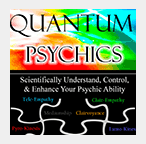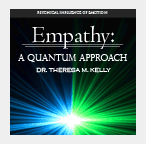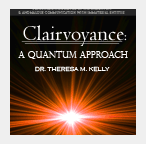Extrasensory Perception
Parapsychology Articles, Papers and Books
Home > Articles > Psychical Phenomena > Extrasensory Perception
![]()
|
| NEWSLETTERS |
| Get the best from QPsychics.com in your inbox! |
|
| PARAPSYCHOLOGY ORGANIZATIONS |
"With confidence in the importance of utilizing the investigative mode of the established sciences in order to inquire into the authenticity and to potentially explain the nature of psychical phenomena."  |
 |
 |
 |
 |
The Stages of Extrasensory Perception
Extrasensory perception (ESP) is defined as the reception of information not gained through the recognized physical senses, but sensed by the mind. The processes of extrasensory perception are assumed to include four major stages. Stage 1 involves the sensory anticipation of the event e.g. information reception (and/or a reciprocal action and reaction, elicitation of the event), whereby initiating the perceptual process. Here, the experient is in touch with nearly everything in a manner that is beyond our ability to asses a boundary between the experient and his or her environment. It is at stage 1 that an experient begins a selective and deselective process to determine the difference between all information and relative important information, which is assumed a basic psi process. In making this selection, it is assumed that we must utilize two criterion (1) the importance of a potential event, (2) and how likely it is for the event to occur). These criterions are assumed to comprise the event’s sensed relevance. However, the psi function is not complex, but rather is assumed to have only one binary tool. In regards to ESP, this tool appears to direct towards or away from something. In regards to PK, this tool appears to force a potential object of intention in the “prointention” direction, or in some opposing direction. In other words, the unconscious mind does not decide “this or not-this,” but rather, it decides “this or that,” or “towards or away from.” Stage 2 involves the subliminal registration of the sensation. Stage 3 involves the experience of a collection of sensations that the brain attempts to construe. Lastly, stage 4 involves the attributed understanding of the experience (e.g. I see and therefore think about what I see).
(Adapted from the book “A Quantum Approach Series” by Theresa M. Kelly, MsD.)
|
|||
Related Articles |
|||

